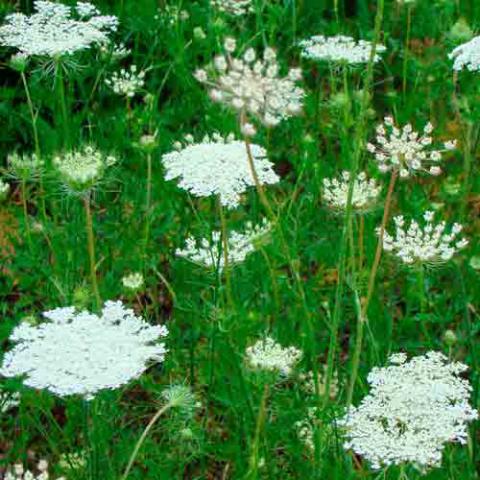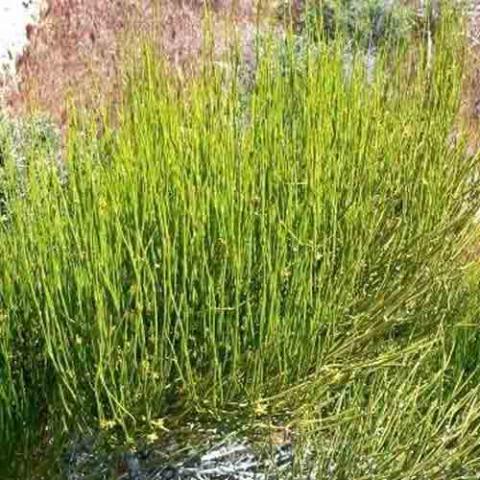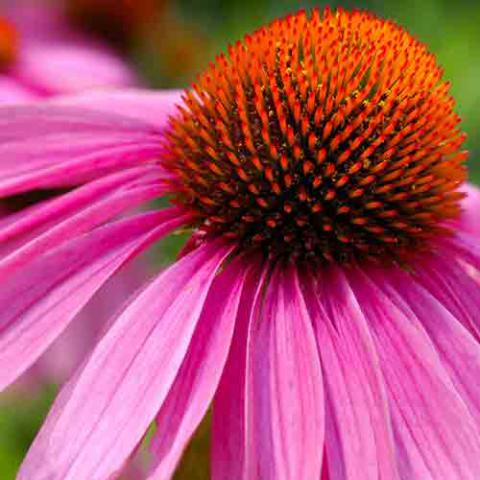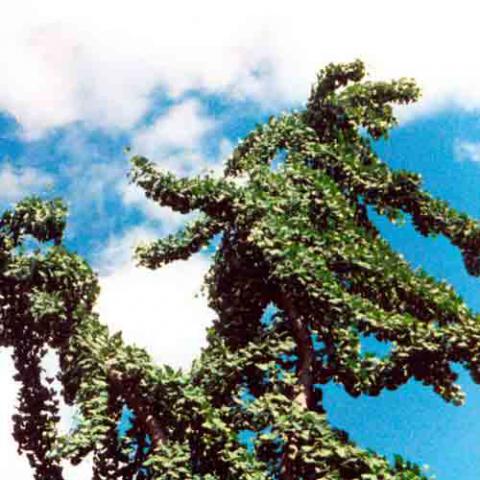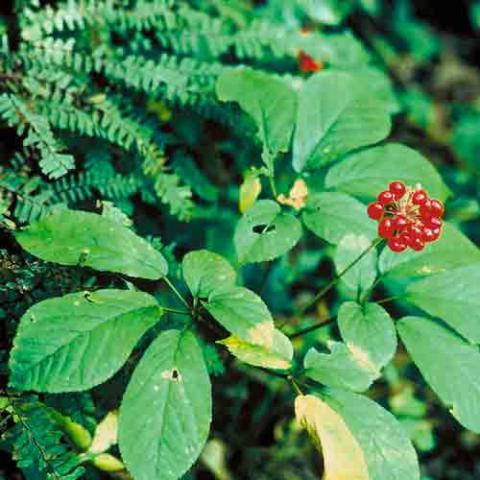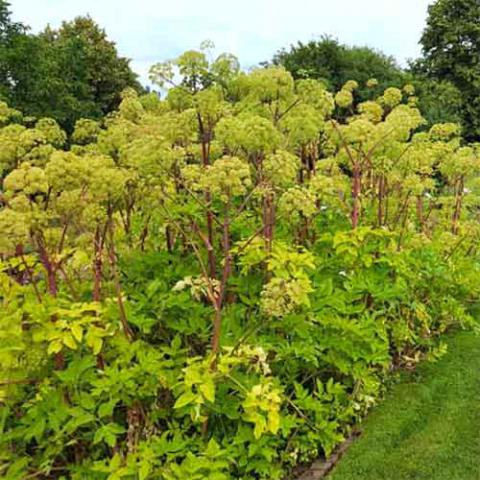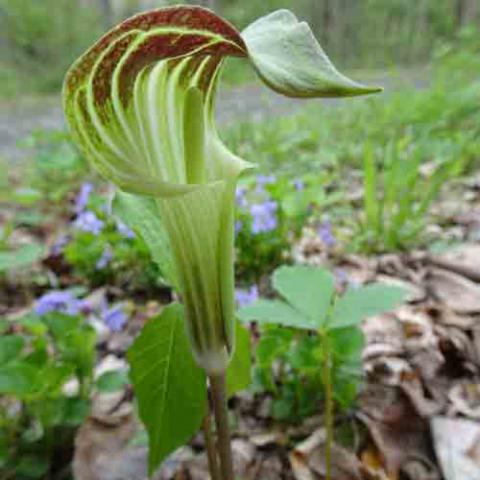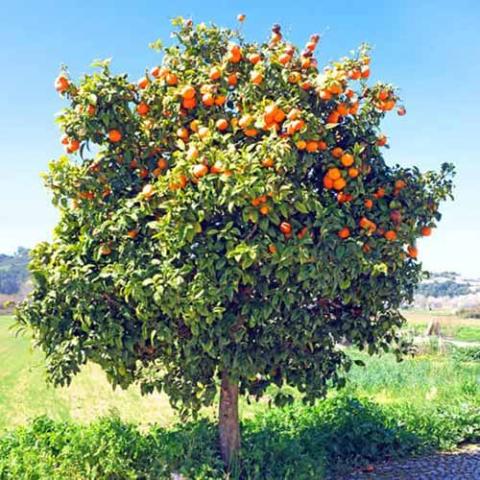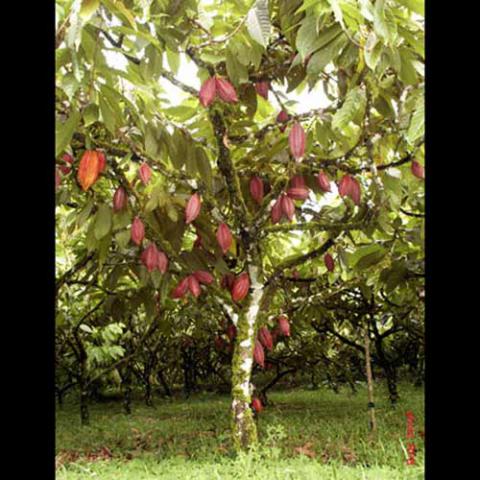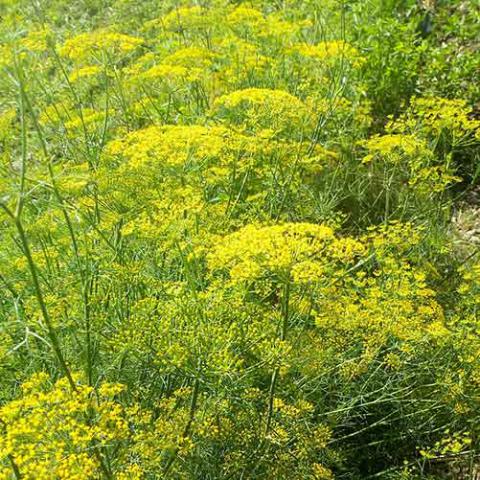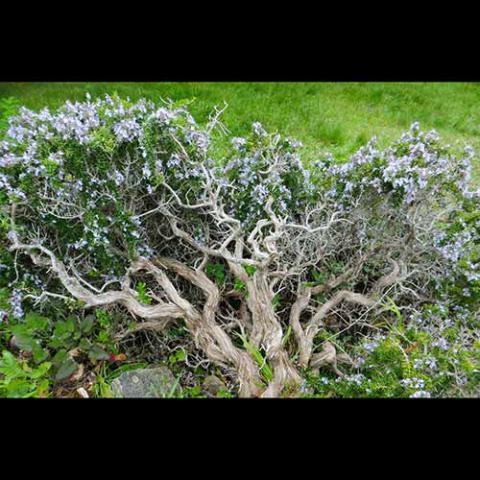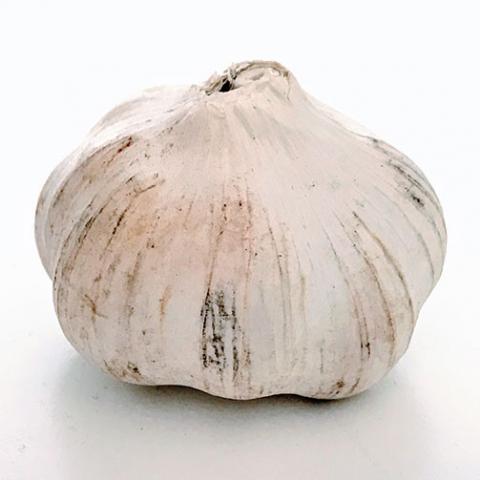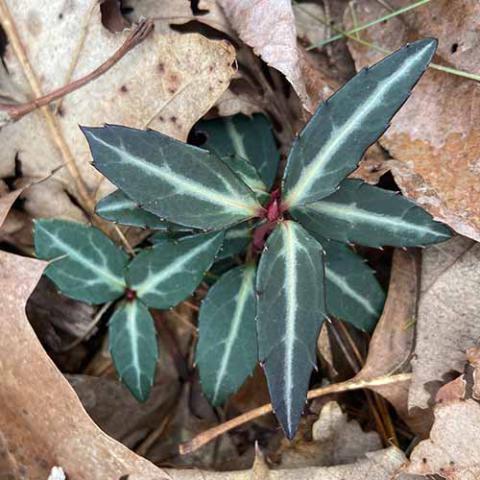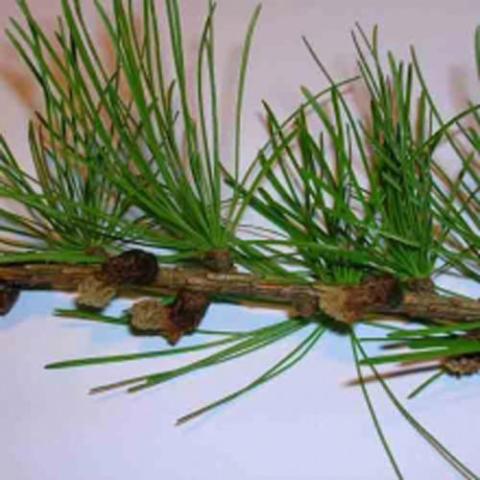Therapeutic: Stimulant
What is a Stimulant?
In herbal medicine stimulants are used to describe an action that quickens and enlivens the physiological activity of the body in some way. The needs of an individual and their unique state of health will dictate whether or not this is necessarily a desirable thing to do. For example, fatigue due to too much activity within the body may be aggravated by the use of stimulants, and a careful diagnosis is important, as is moderation in their use.
The term stimulant has an incredibly broad meaning that does not necessarily refer to chemicals such as caffeine. For example, Rubefacients can have a stimulant action when applied topically. The following is a list of some “Stimulant” activites that can occur within the body.
Nervine Stimulants
- Coffea arabica (Coffee)
- Camellia sinensis (Green/Black tea)
- Yerba mate
Cerebral Circulatory stimulants
- Ginkgo biloba (Maidenhair tree)
- Centella asiatica (Gotu kola)
- Rosmarinus off. (Rosemary)
Peripheral or Diffuse Circulatory Stimulants
- Zingiber officinale (Ginger)
- Zanthoxylum americanum (Prickly Ash)
- Achillea millefolium (Yarrow)
Central Circulatory Stimulants:
- Capsicum sp. (Cayenne)
- Panax ginseng (Ginseng)
Immune Stimulants:
- Baptisia tinctoria (Wild Indigo)
- Echinacea purpurea (Echinacea)
- Phytolacca americanum (Pokeroot)
- Sambucus nigra (Elderberry & flower)
Glandular Stimulants:
- Phytolacca americanum (Pokeroot)
- Foeniculum vulgaris (Fennel)
- Borago off. (Borage)
Adapted from David Hoffman’s ‘The Herbal Handbook: A User’s Guide to Medical Herbalism” & “Medical Herbalism”
Reference:“The Naturopathic Herbalist”

